What is the difference between classes 1, 2, and 3 e-bikes?

There are various e-bike classes, namely; Classes 1, 2, and 3. These E-bikes have motors that help in pedaling. This reduces the amount of energy you use and more speed. The bikes are classified based on speed and driving mechanism. There are various similarities and differences between the three e-bikes. One significant advantage of having an e-bike is the travel convenience it provides. The bikes are designed to attain speeds between 20 and 28 mph. Preferred brands like EUY are well recognized in the market following their convenience. Let us venture into the differences.
Class 1 e-bike
This is a bike that is designed to offer assistance in pedaling. According to the bike's motor, it is designed to reach a maximum of 20mph, after which the power supply is limited. This bike will require you to pedal first to activate the motor. It has a throttle that will not work separately.
You can choose to buy this kind of bike because of its limited laws. You can ride a class 1 EUY e-bike on the bike lanes and all roads. If you prefer not to have a throttle, this is the bike type for you that will give you a chance to commute more effectively and helps to save time.
Class 2 e-bikes
This type of bike also has a separate throttle that supports up to 20 mph speed. When you have this bike, you are not required to pedal first for the motor to get activated. You are required to twist the throttle, and the bike motor starts to run.
If you are considering buying an e-bike from this class, the best option would be the EUY K6 e-bike. The bike is fun to ride, especially for the young and older generations, and foldable. This makes it easy to move around, not forgetting to mention it's lightweight. It is made in a compact design, easily fitting in the trunk of a car.
Class 3 e-bikes
Among the three bikes, this is the type with the highest speed. It attains a maximum speed of 28mph. It is pedal-assisted and has a separate throttle. This means you have to peddle your bike to start the engine.
You could be the many people who have dumped their cars for this kind of bike. Its speed is reliable, and not a moment will you get caught in traffic. The motor is limited to 1 horsepower, and the motor will stop assist if the speed exceeds 28mph. For speed purposes, the bike must be equipped with a speedometer.
EUY F6 is Class 3 e-bikes, this bike has wheels that are 20 inches fat tire and is designed to feature a carrier rack. It also includes a rear light and a headlamp. It has an inbuilt battery that is inbuilt with a capacity of 20Ah, It can reach speeds of 30 MPH.
Difference between classes 1, 2, and 3 e-bikes
Some differences make people prefer the class or dislike it. The differences in these classes matter when comparing them with the intention of buying. You want the best, right? Here is the various dis:
Speed
Speed is the major highlighting difference between e-bikes. For classes one and two, they reach a maximum speed of 20 mph. The class 3 e-bike can attain a maximum speed of 28 mph.
Driving mechanism
There is a great difference between these various e-bike classes in their mechanisms. For class 1, these are pedal-assisted bikes. This means that you have to pedal first to ignite and start the engine. For class 2, you start the motor without peddling, and it is ready to run right away. Class 3 e-bikes have throttles that assist in easing the driving mechanism of the bike.
E-bike laws
The classifications of e-bikes determine how the governance of law is enforced. Each e-bike class has unique features that allow the law to be exercised differently. Classes 1 and 2 have lower speeds than class 3. For this reason, they are considered to be less dangerous than class 3. The bikes can be ridden on sideways and trails. Class 3 e-bikes are a bit different since they are a bit faster. You are not allowed by law to ride this bike on lanes or lanes. When riding the class 3 bike, the law requires that you put on a helmet as you ride. Additionally, there are age restrictions for riding this kind of bike.
E-bikes battery
Every e-bike has a battery in which power is stored to facilitate its movement. There are differences in the batteries since some are removable, others are built-in, and no possibility of removal. For both removable and non-removable, they are found at the back frame and have their fair share of advantages and disadvantages.
Removing batteries requires minimal space, which gives the bike a better look. Removable batteries, provide the flexibility for charging in all kinds of locations. The size of the battery will affect various factors that include: the duration of time the battery holds a charge, the amount of voltage, and one that can hold more power.
Miles, the e-bike, can go.
The e-bikes can go for different distances before running out of battery power. Some will go between 20-50 miles, while others will go up to 100 miles. Some factors will affect how far your battery will last, with the options including; battery size, speed, terrain, and weight of the rider or the equipment.
You can continue riding the e-bike even after the battery has drained, and all you have to do is peddle.
Different motor types
The electric motor in the e-bike will mostly differ. Different motors are installed in different locations. The different motors include; mid-drive, rear-hub, and the front hub motor.
I would urge you to get the best e-bike, as per your requirements. Go for the best from EUY and enjoy a mechanically error-free bike. Grab the opportunity to join the rest of the world in riding e-bikes for commuting and might rides.




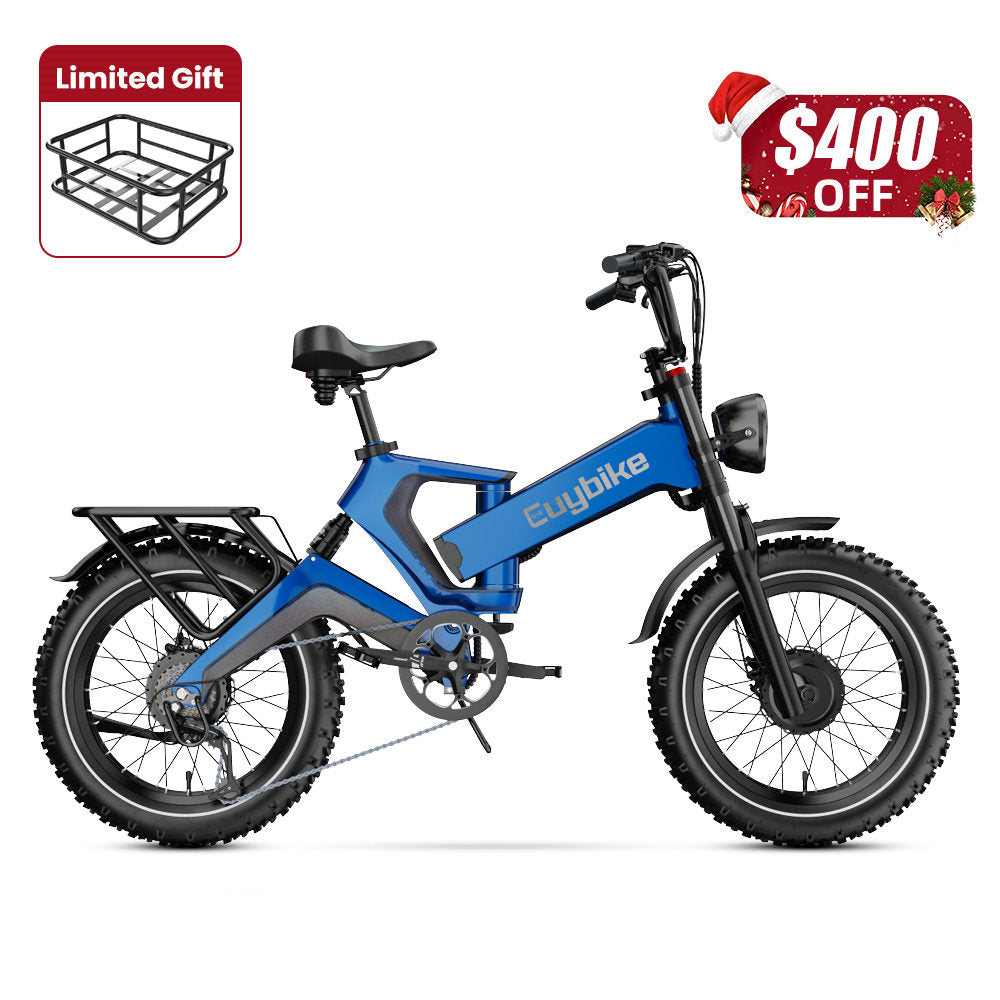

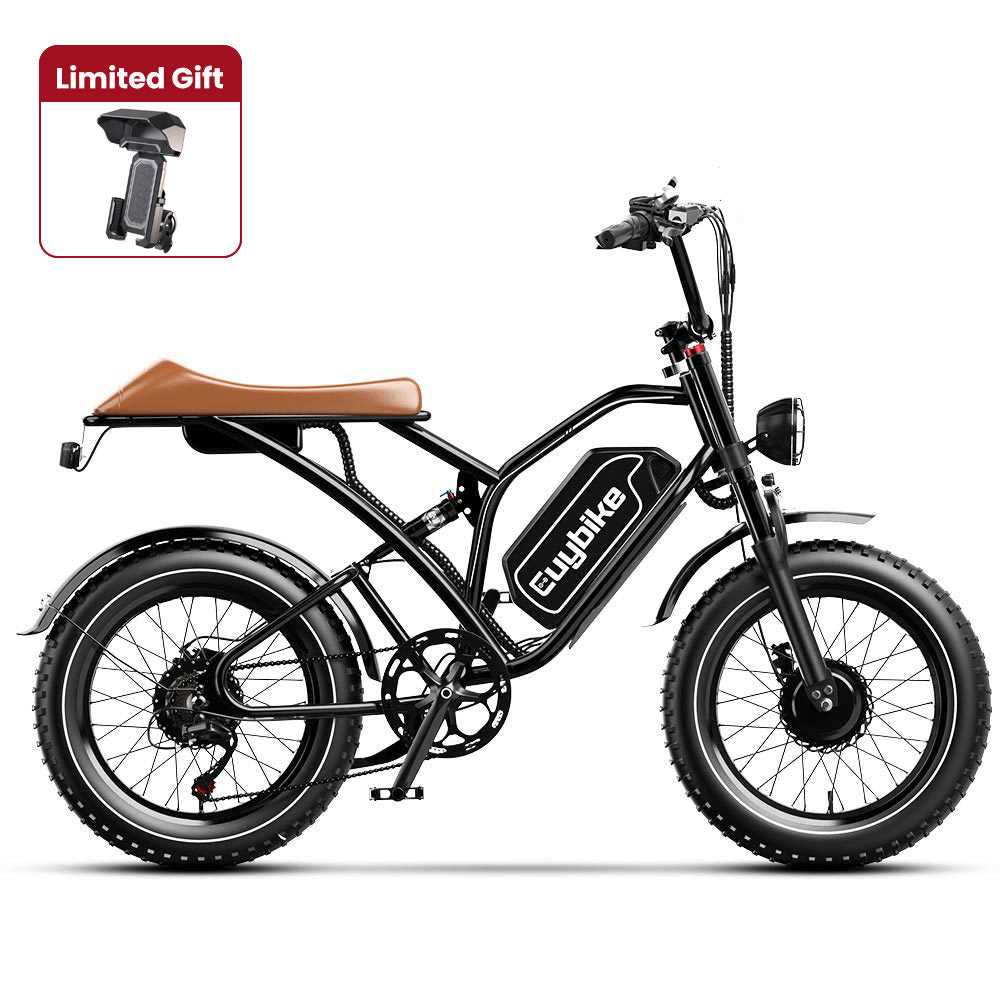
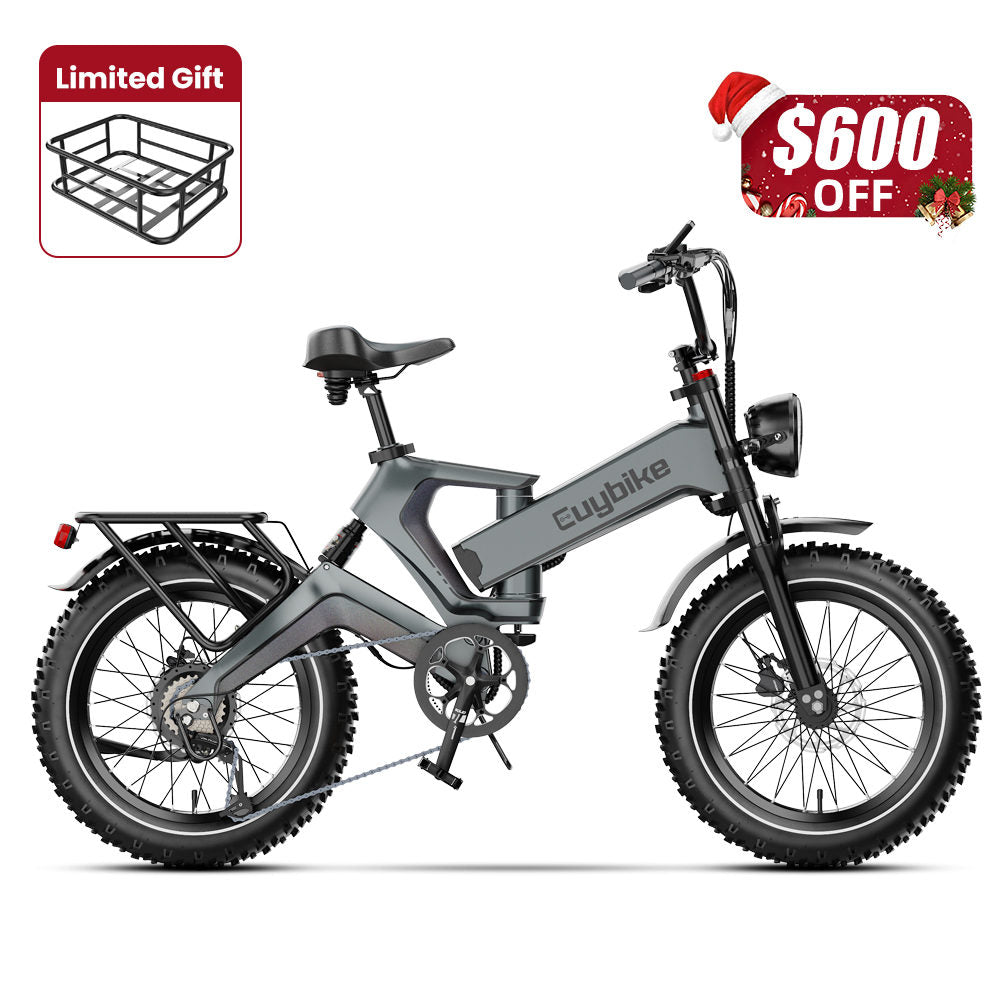
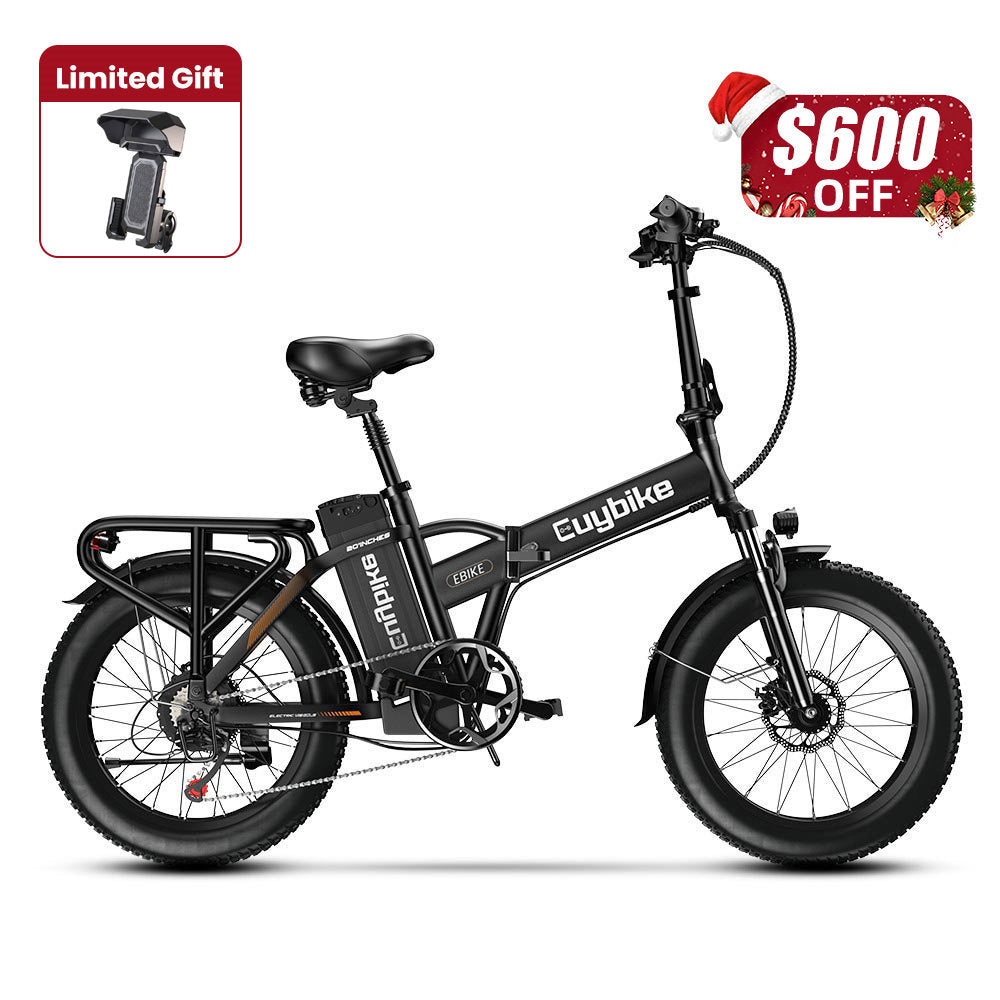
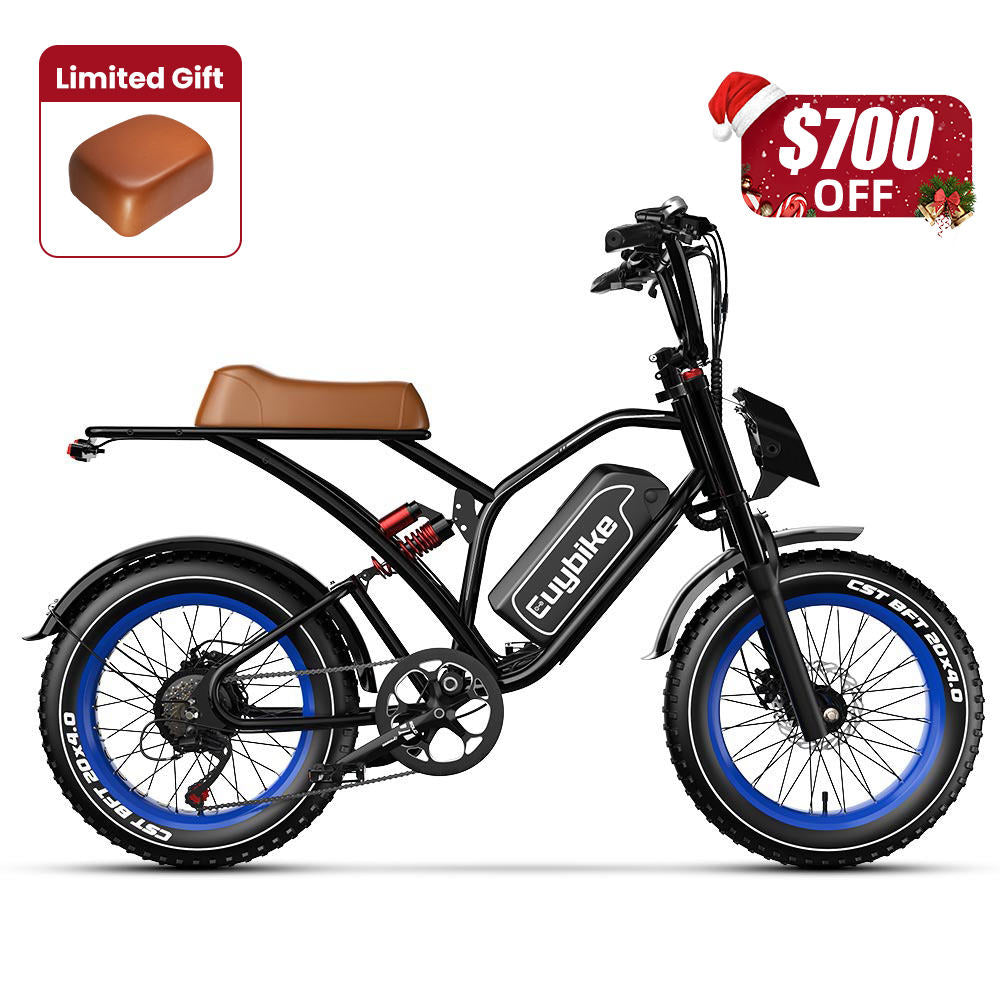
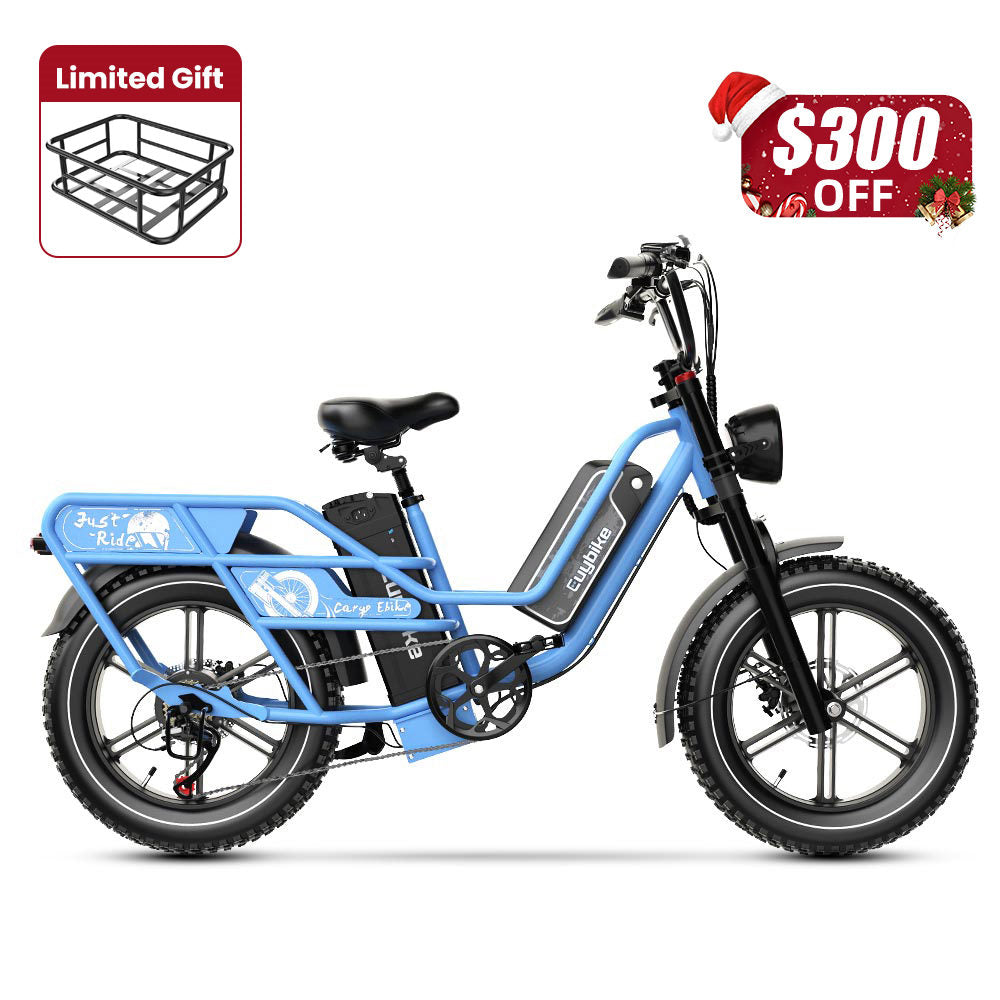
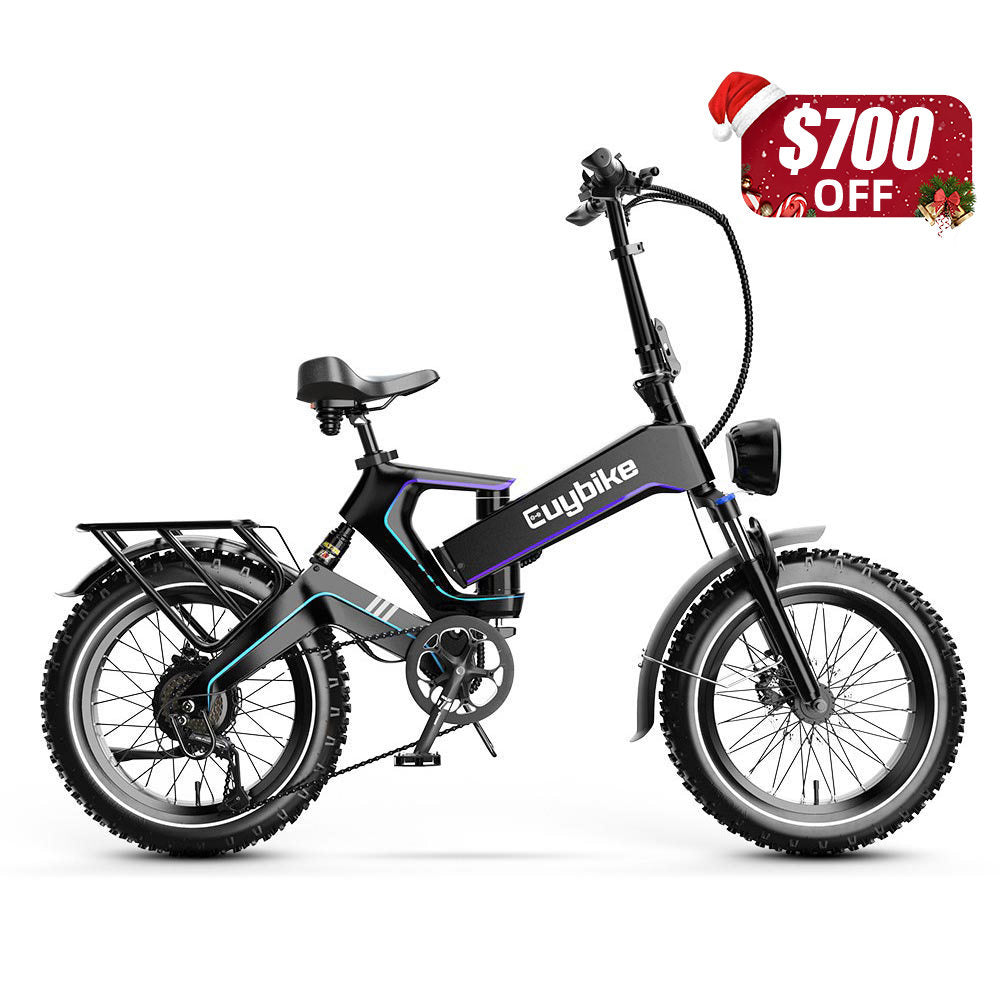
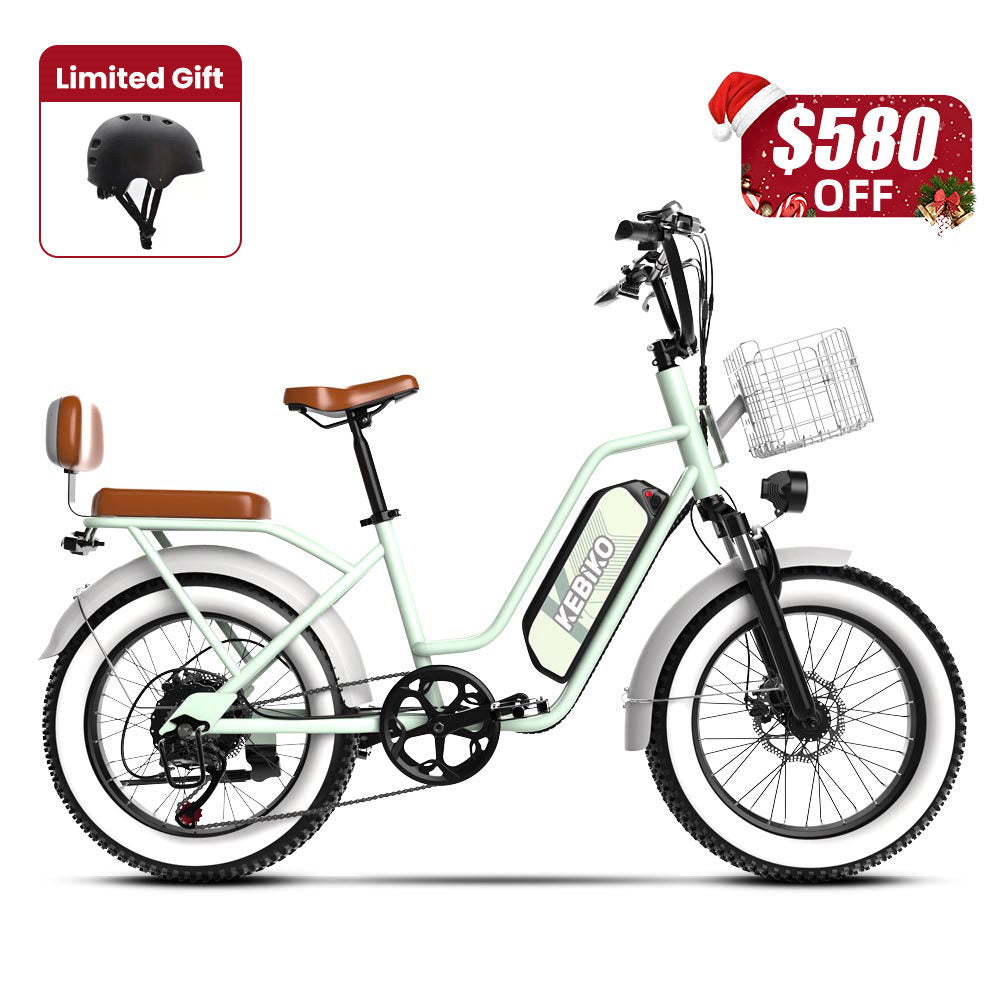
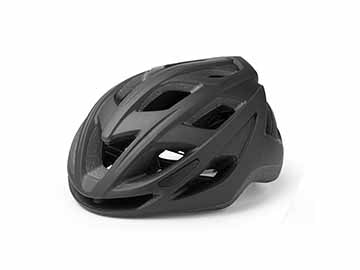

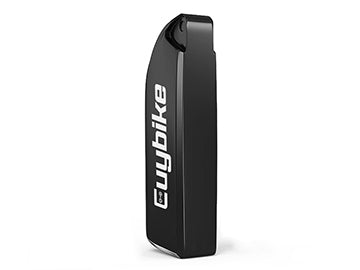

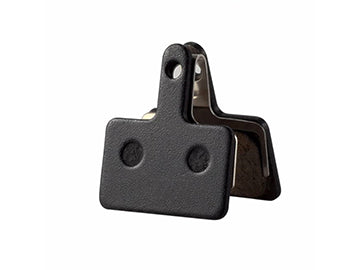
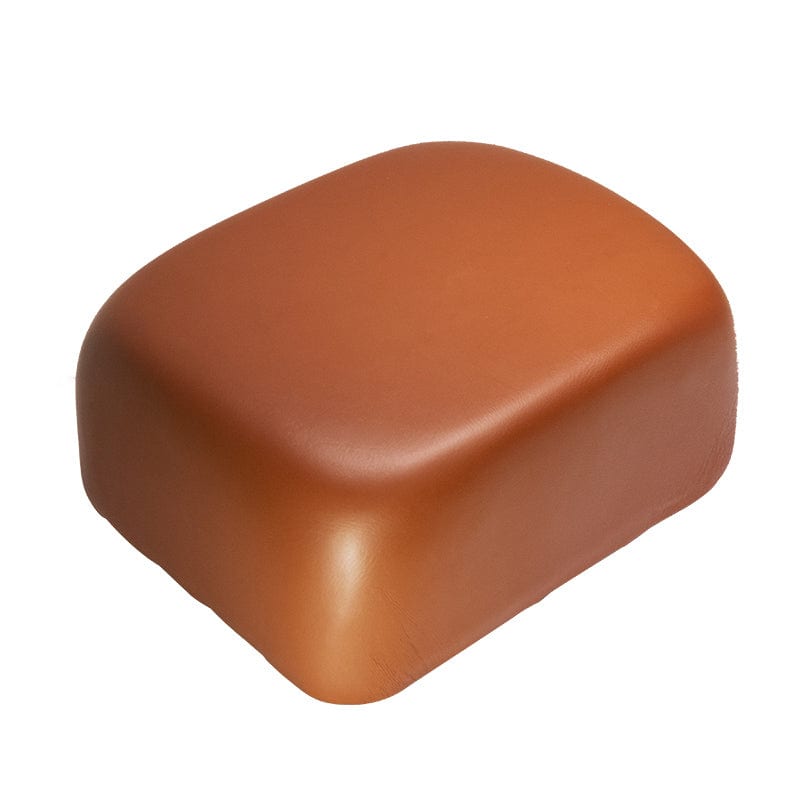
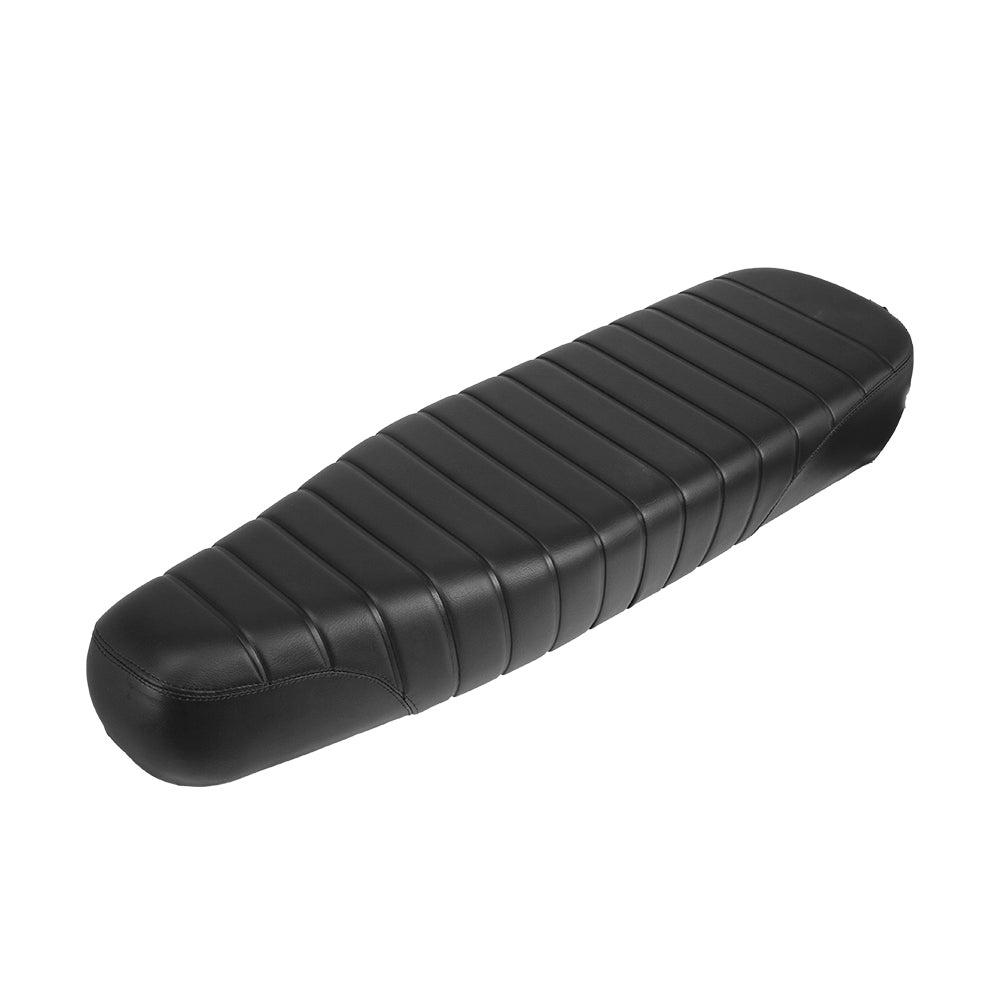
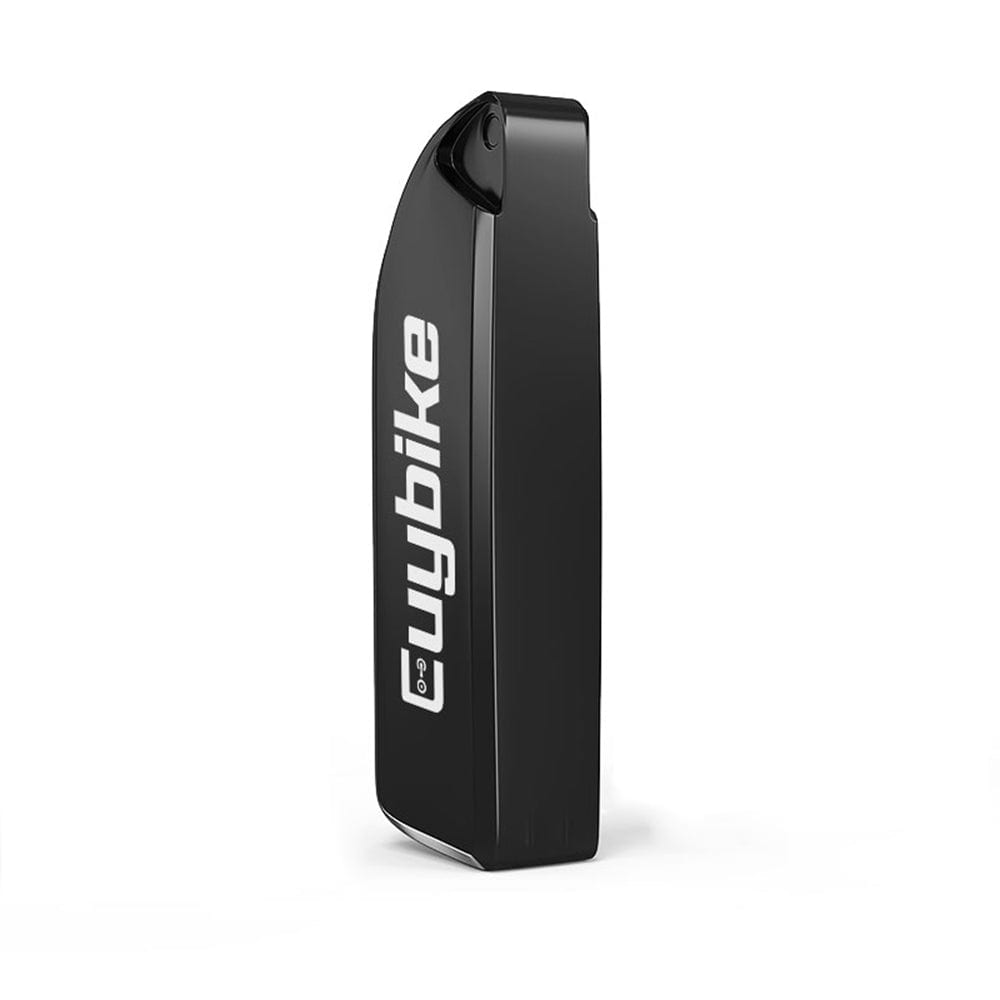
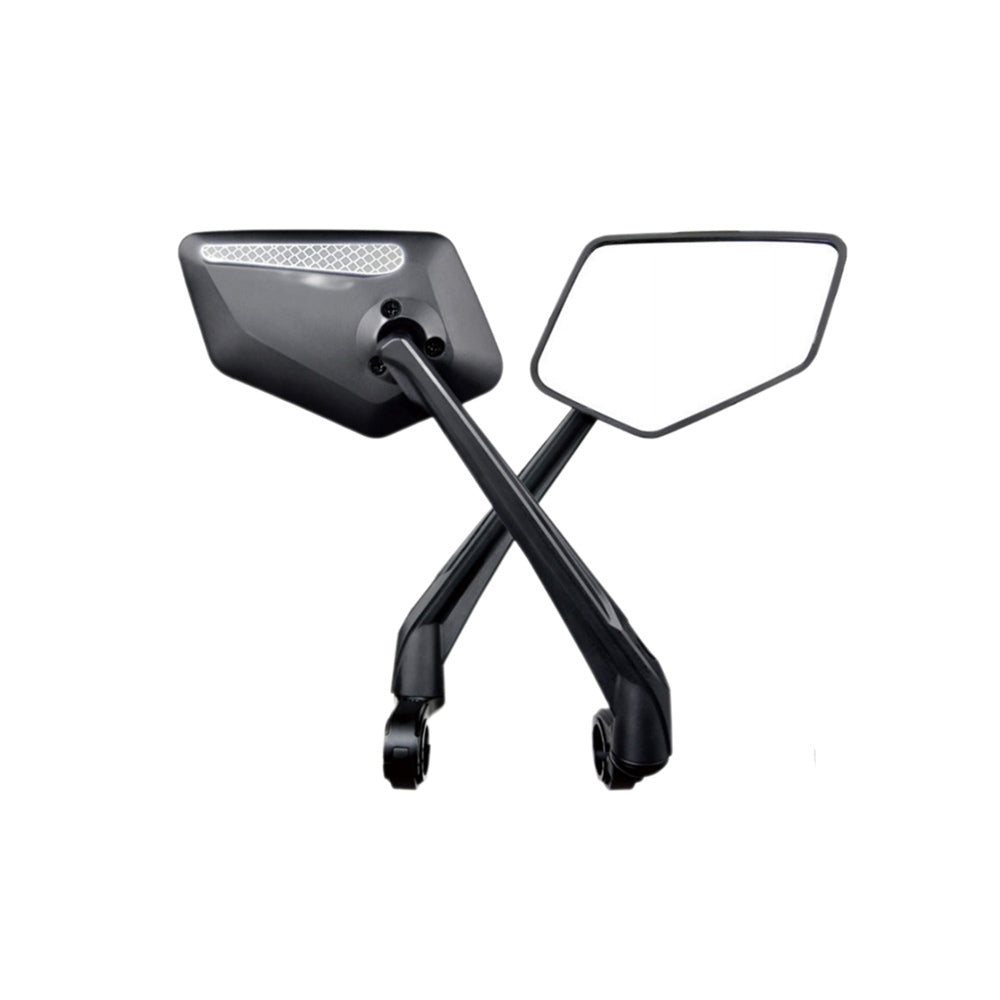

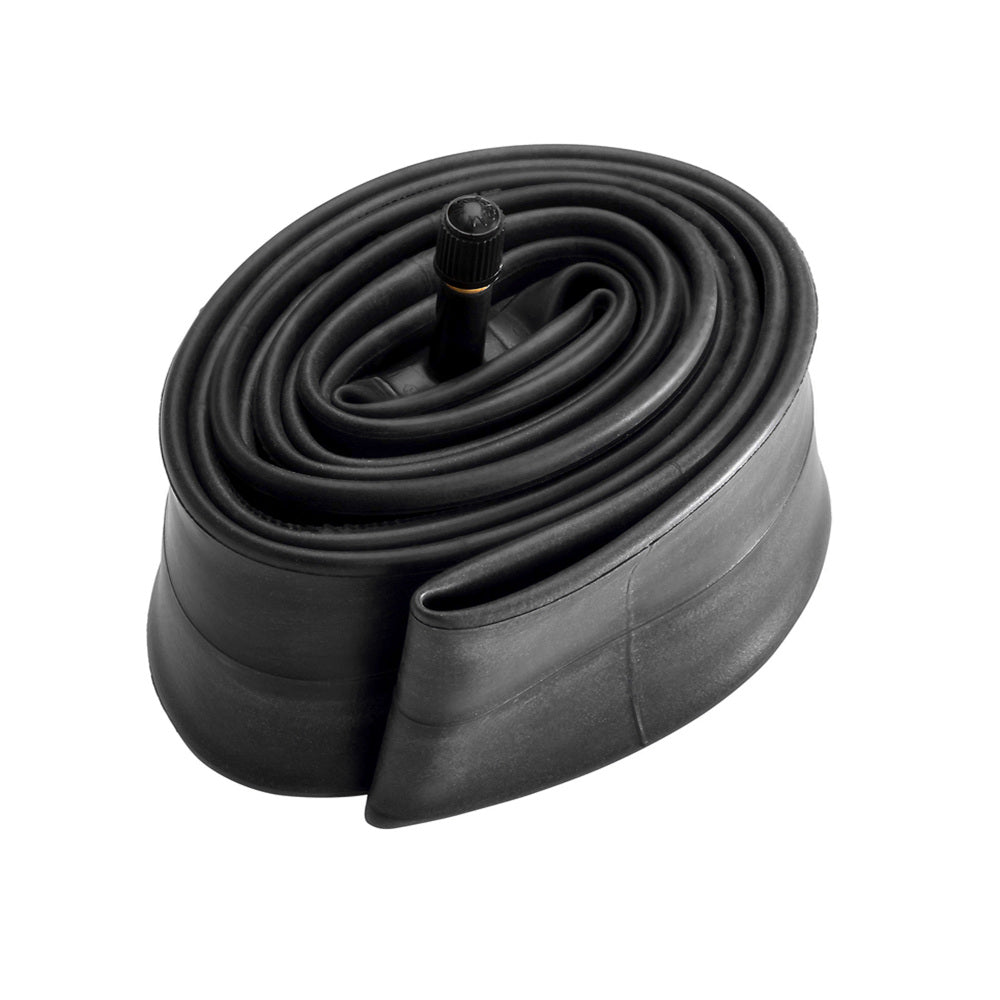
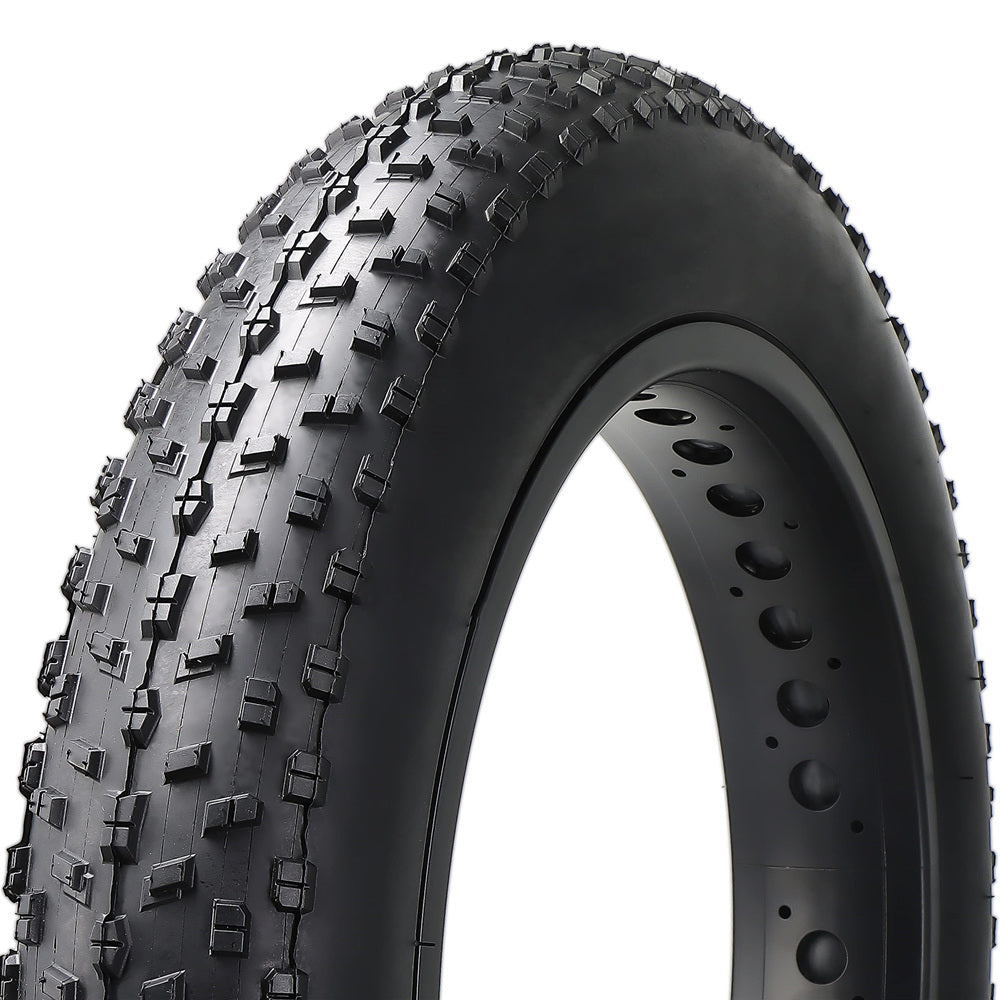
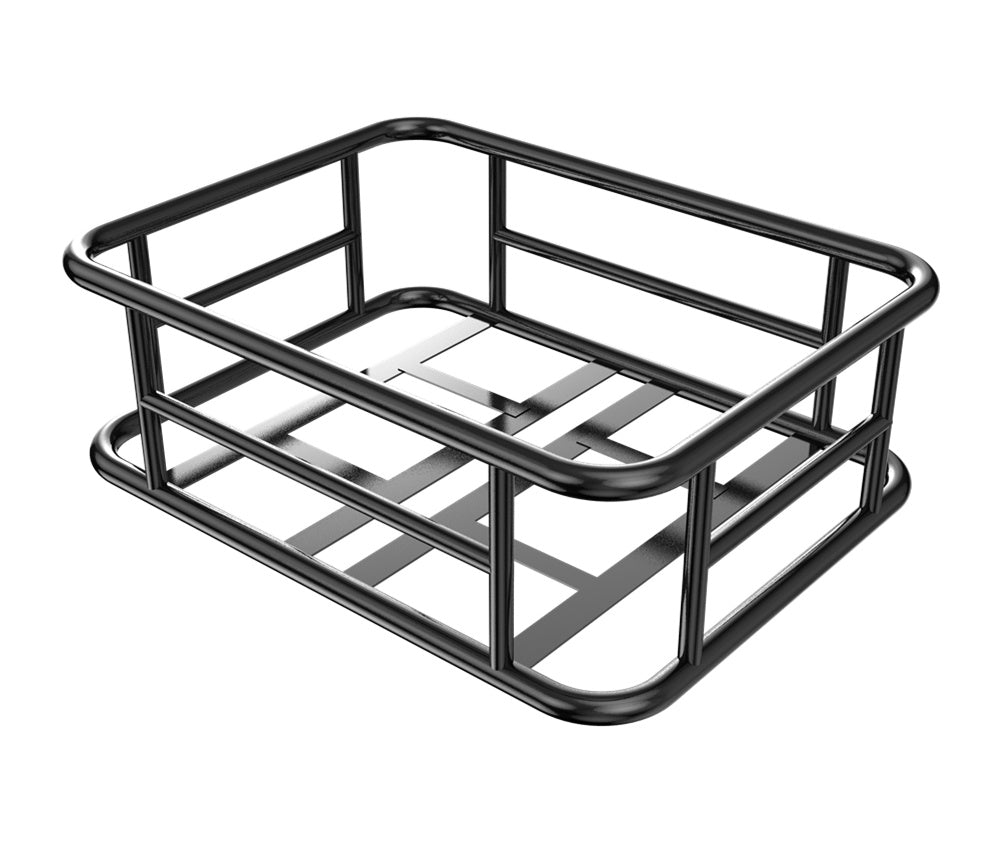
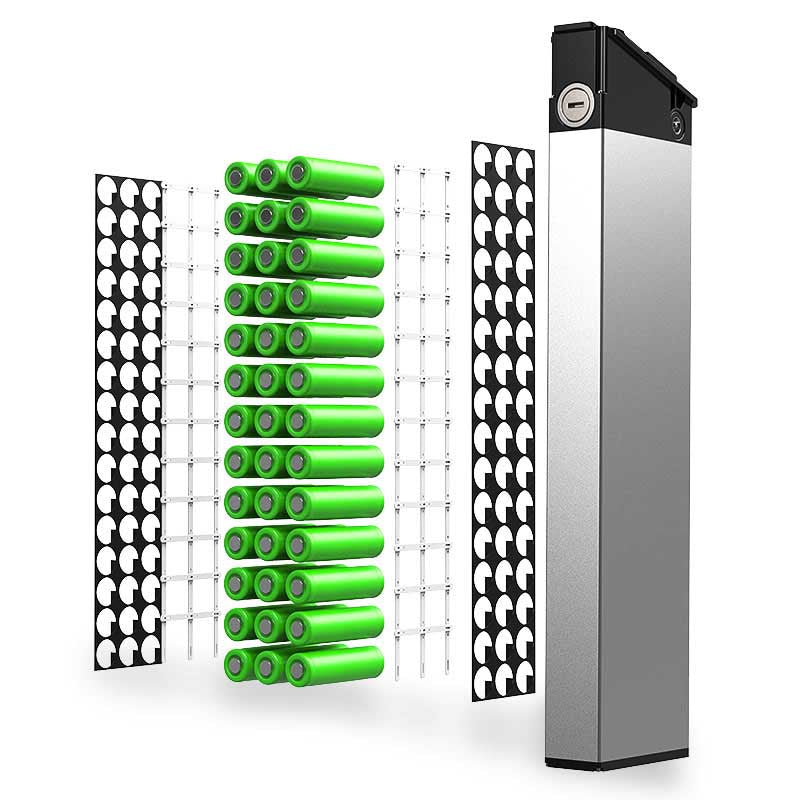
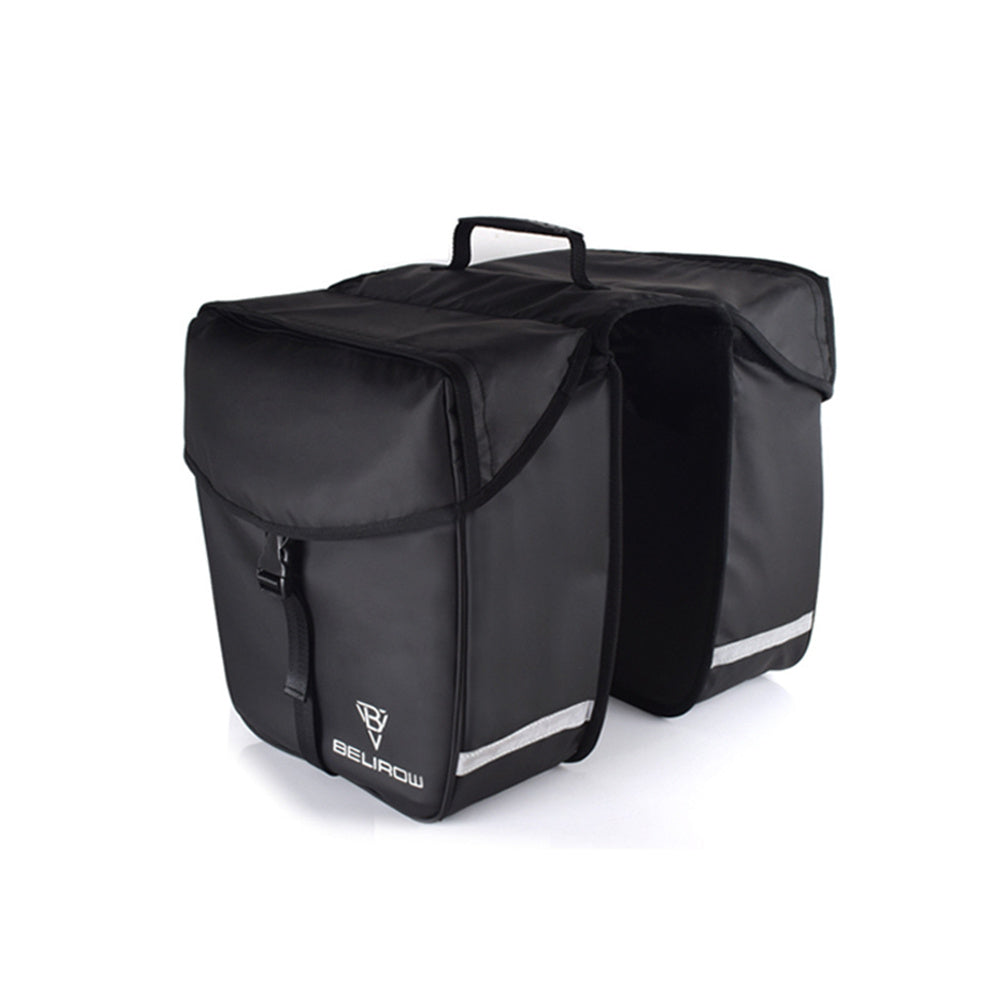

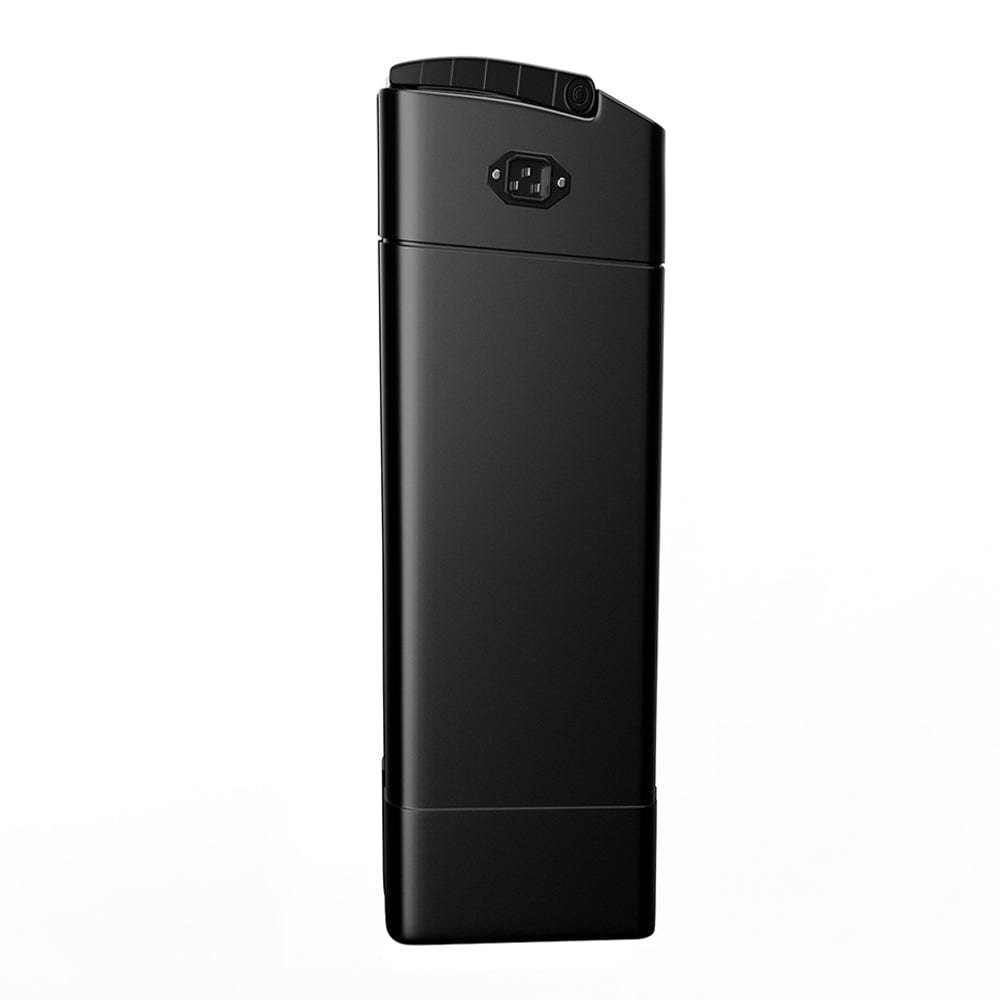



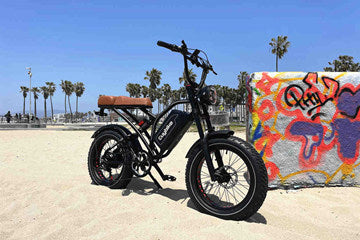
Leave a comment